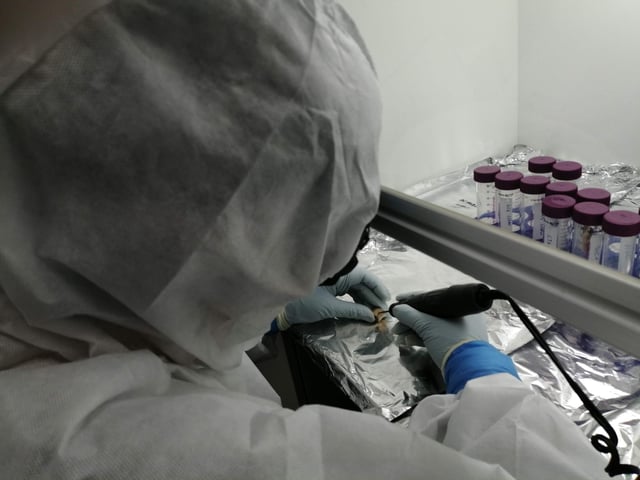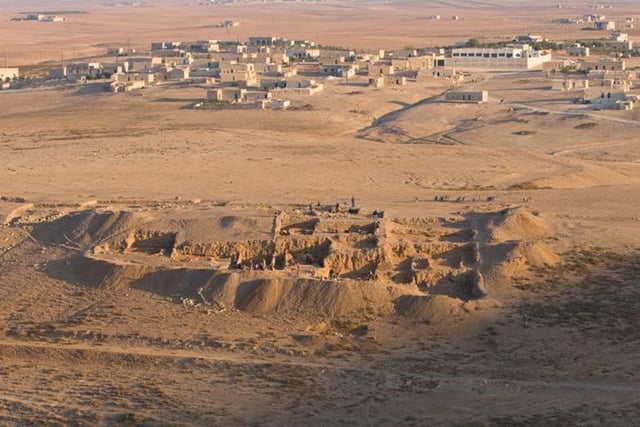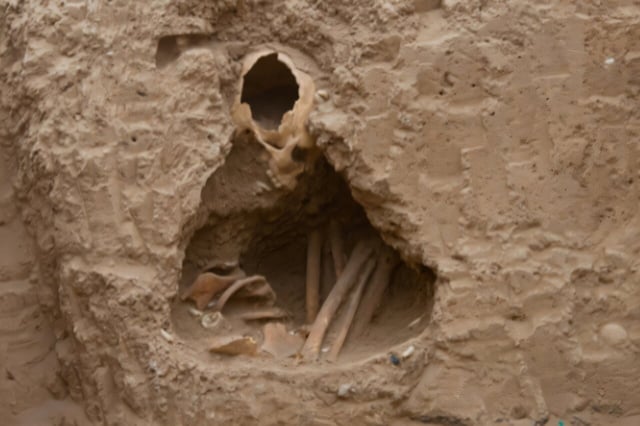Overview
- A Durham- and Liverpool-led team analyzed strontium and oxygen isotopes in tooth enamel from 71 people spanning 11,600 to 7,500 years ago at five Neolithic sites in modern Syria.
- The Scientific Reports study combined isotope results with skeletal and burial context to assess whether individuals grew up locally or arrived from elsewhere.
- Once permanent villages formed, most residents were local, yet locals and non-locals were buried side by side with equivalent, sometimes elaborate, funerary treatment.
- At Tell Halula, multiple house-floor burials contained both locals and non-locals treated the same in death, indicating full social inclusion of newcomers.
- In the Late Neolithic, women were more often non-local than men, a pattern consistent with patrilocal marriage that researchers suggest helped avoid inbreeding and foster wider networks.


